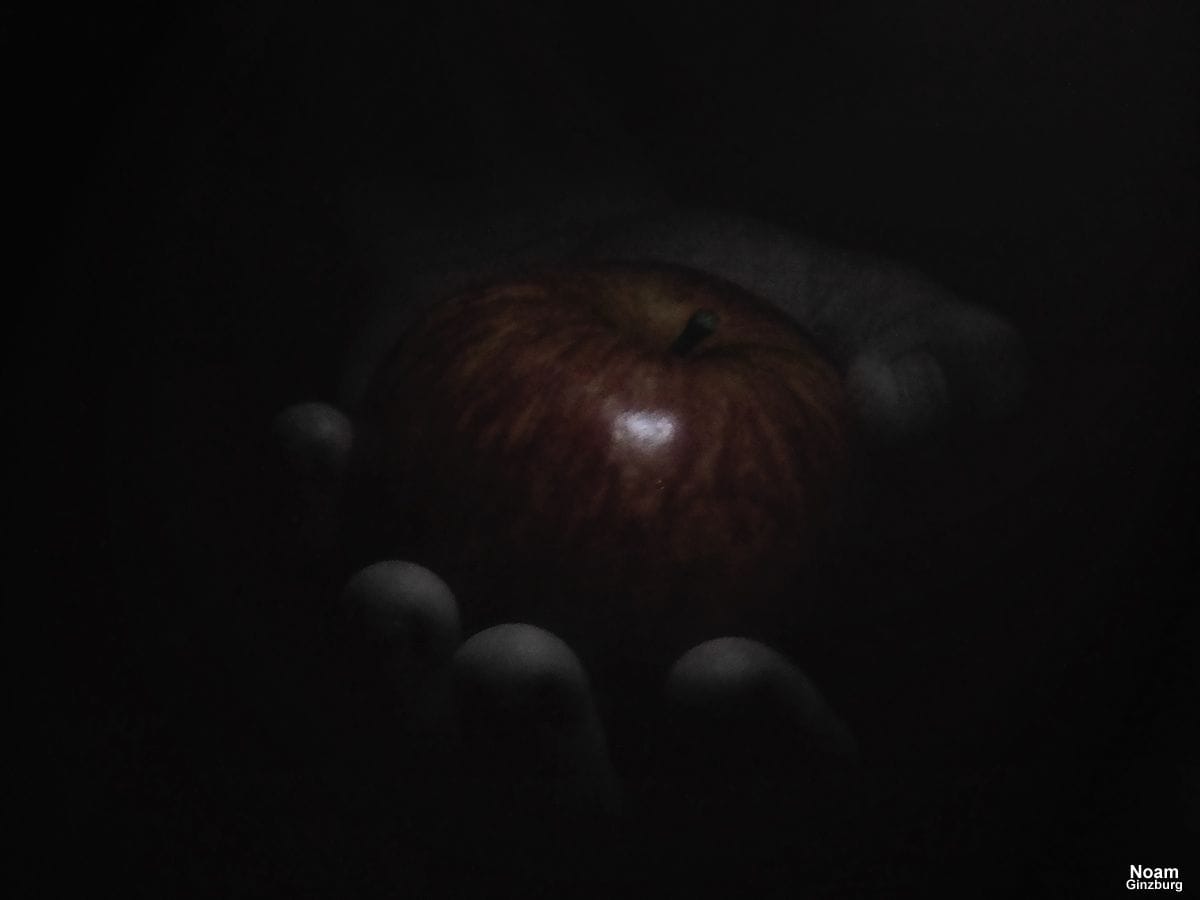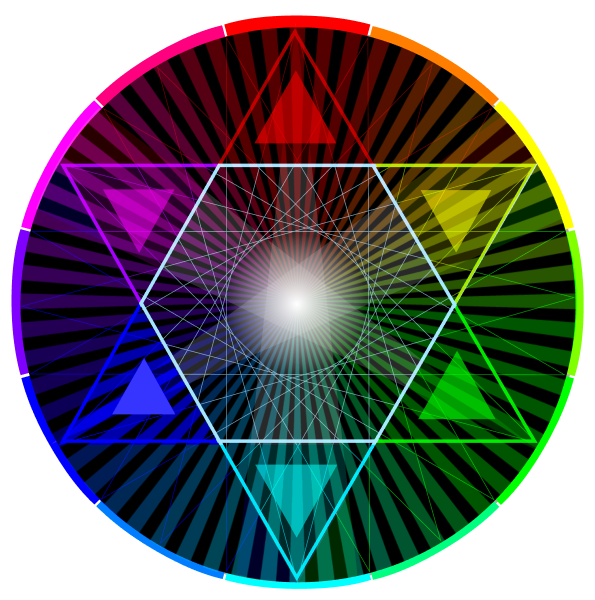It's interesting to unpack the idea of 'color interaction' - what does that even mean? As it turns out, there are several levels of meaning, ways that we interact with color and how colors interact with each other. Let's explore that concept further here.
At first glance, our relationship with color appears to be pretty clear cut; we see a color and we 'know' what the color is. The sky is blue. The sun is yellow. The grass 'is' green. It seems apparent. Upon closer inspection, one might discern that there are different variations of colors, tints, shades and hues. That's next level vision, however, its point of view is unchanged, that these are the colors something 'is'.
This understanding of what a color 'is' also fits with the scientific worldview of understanding by quantifying something. From this point of view, we can determine what that color 'is' by measuring it with a colorimeter or sampling it in a graphics app, and now we know what it 'is' since we have mapped our vision to a number.
However, beyond that surface understanding there lies a deeper richer world of color perception - based on color interaction.
There are several ways that color interacts, and they combine to create a much richer experience than a static understanding of color. Let's look at the ways of color interaction.
The first level of color interaction is the perception of a single color. For most people, this is their level of understanding color, that color is a static property, absolute and unchanging. The brain aids in this understanding, through the process of color constancy; this is how our visual system processes the color of a known object, using context clues to determine the "true" color of an object while discarding other information, such as lighting. This happens automatically and is influenced by personal memory and experience.

You 'know' this apple is red, even though, objectively, it's not. Your memory and innate understanding of the dark lighting lead your brain to perceive the apple as 'being' red.
These are the first lessons of color interaction:
Lighting and surroundings affect the perception of color
The human visual system subconsciously interprets color input, at a precognitive and involuntary level, in a manner so unobtrusive that we are not even aware that it is happening!
These two principles, seemingly so basic, are behind much of the mystery of color, for as we know, but need to be reminded, color perception is extremely variable, and so, the first lessons of color interaction set the stage for myriad rich and challenging experiences of color, which we will be exploring deeper as we move forward in the alchemy of color.

